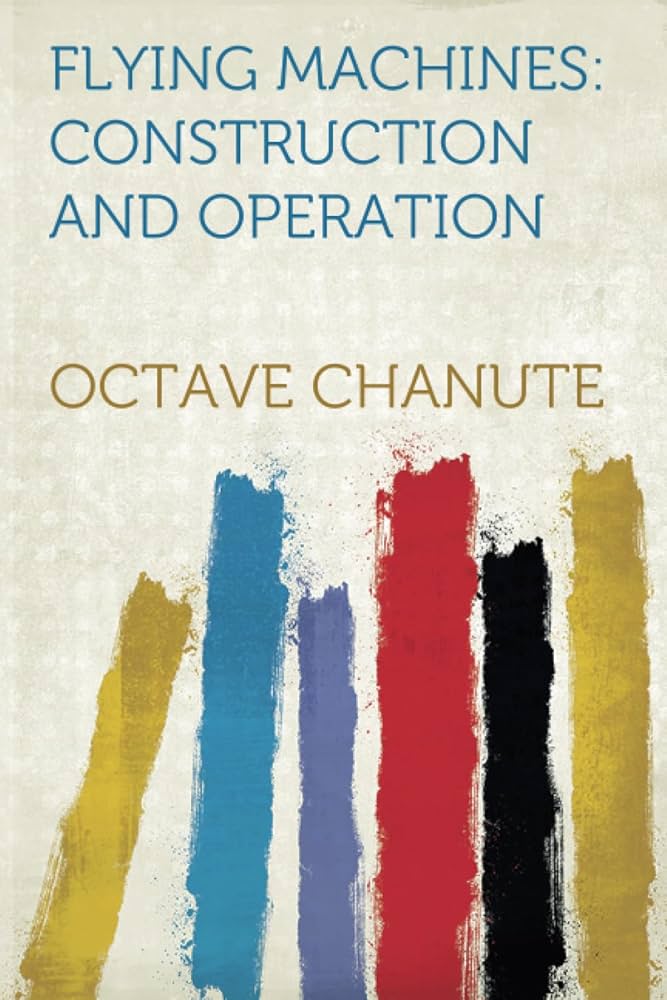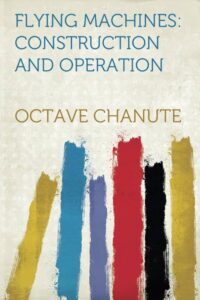Chapter XX — Flying Machines Construction And Operation
byChapter XX – Flying Machines Construction and Operation begins with a compelling observation: large birds can glide effortlessly for extended periods without a single wingbeat, even when flying into the wind. This graceful motion has long puzzled scientists and spectators, appearing almost to defy gravity. The phenomenon, sometimes described as “negative gravity,” has prompted significant curiosity about how such efficient, sustained flight is possible. In response, early aeronautical pioneers looked to nature for clues, believing that the mechanics of bird flight might offer vital insights into the principles required for human flight. This curiosity wasn’t merely academic—it shaped the direction of early aviation research. By studying birds like gulls, condors, and buzzards, researchers began to realize that the secret lay not in brute force but in the strategic use of environmental forces such as air currents and thermals.
Octave Chanute, one of the era’s most meticulous aviation thinkers, advanced this investigation by distinguishing soaring from flapping flight. He published his findings in the “Aeronautical Annual” in the 1890s, offering both observations and calculations based on hours of birdwatching. He noticed that certain birds could maintain height or even climb without flapping, especially when near man-made objects like steamers that created air disturbances. This insight suggested that birds were not simply gliding passively but were actively exploiting changes in air pressure and direction. By flying into updrafts—particularly those created when air hits an object and is forced upward—birds could sustain flight with almost no effort. Chanute documented how gulls would angle their wings precisely to tap into these rising currents, converting them into usable lift. His analysis revealed that effective soaring was less about wing power and more about understanding and navigating subtle environmental cues.
Still, the idea that birds could soar in apparently windless conditions remained an unsolved puzzle. Chanute collaborated with E.C. Huffaker to explore the mechanics behind this feat, which seemed to contradict all known aerodynamic laws of the time. Their joint studies led to a groundbreaking conclusion: even in seemingly calm weather, microcurrents and vertical air gradients exist that can support a bird in flight. Buzzards, in particular, were observed taking advantage of these gentle, upward air movements that are invisible but measurable. With the help of wind tunnel data provided by Professor A.F. Zahm, Chanute further confirmed that specific wing shapes could capture and use these weak lifts. This discovery was vital for understanding how to replicate birdlike soaring in human-engineered aircraft. It showed that flight could be sustained through aerodynamic finesse rather than raw mechanical force.
The implications of Chanute’s work stretched far beyond birdwatching. By recognizing that natural soaring could be explained through physics and atmospheric dynamics, he laid essential groundwork for the next generation of aviation engineers. His studies provided practical benchmarks for wing design, angle of attack, and the importance of initial velocity for sustained, unpowered flight. Although gliders would remain limited in utility without engines, Chanute foresaw that powered flight would one day integrate the principles of soaring to reduce energy use and increase flight duration. His observations helped bridge the gap between nature’s elegant designs and human ambition. As a result, his research directly influenced the Wright brothers, who used many of his insights when conducting their own experiments at Kitty Hawk.
The chapter closes by outlining Chanute’s conditions for replicating soaring flight in artificial machines. These included having wings with sufficient surface area and curvature to respond to light air movements, as well as achieving an initial forward velocity that allows for proper engagement with lift-generating currents. Most importantly, he stressed that the pilot’s ability to maneuver and adjust the machine in real time—mimicking a bird’s reflexes—would be essential. While full mechanization of soaring was not yet realized in his time, Chanute’s predictions pointed toward the integration of natural principles with advancing technologies. His work serves as a reminder that understanding the subtleties of air and motion is as crucial as mastering mechanics. Through this blend of observation, theory, and experimentation, Chanute helped transform dreamers into aviators and dreams into flight.


